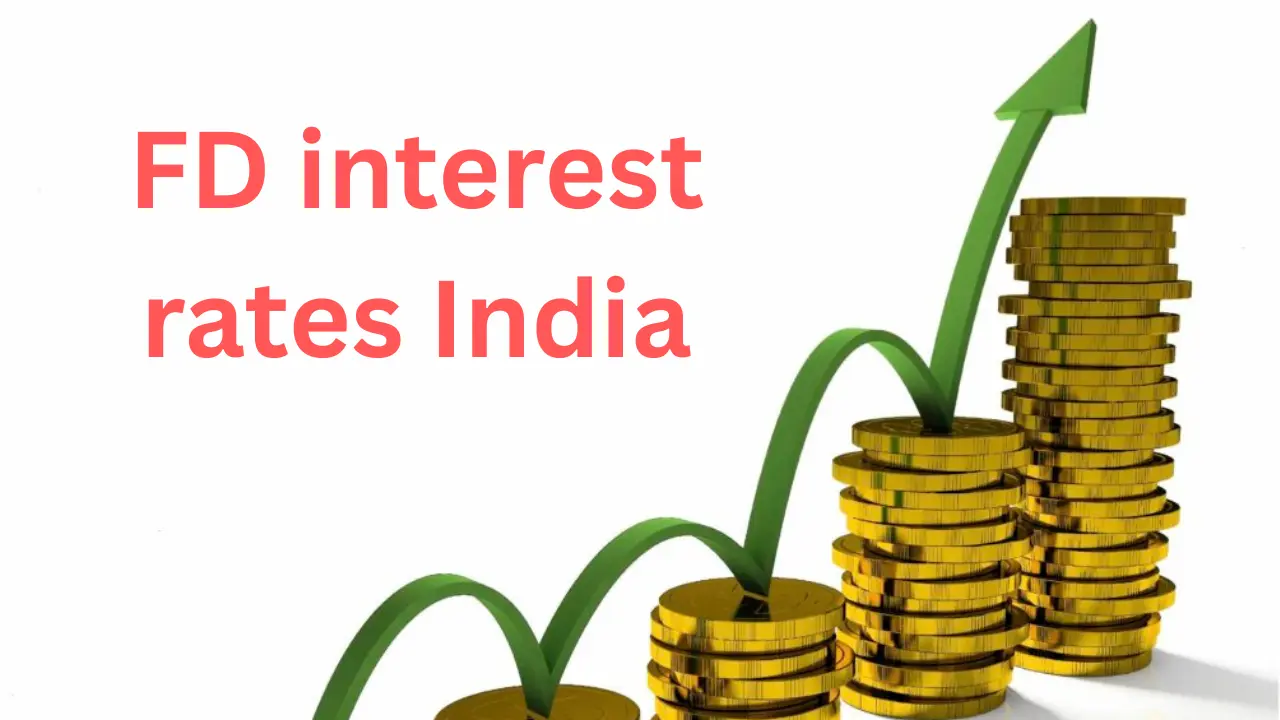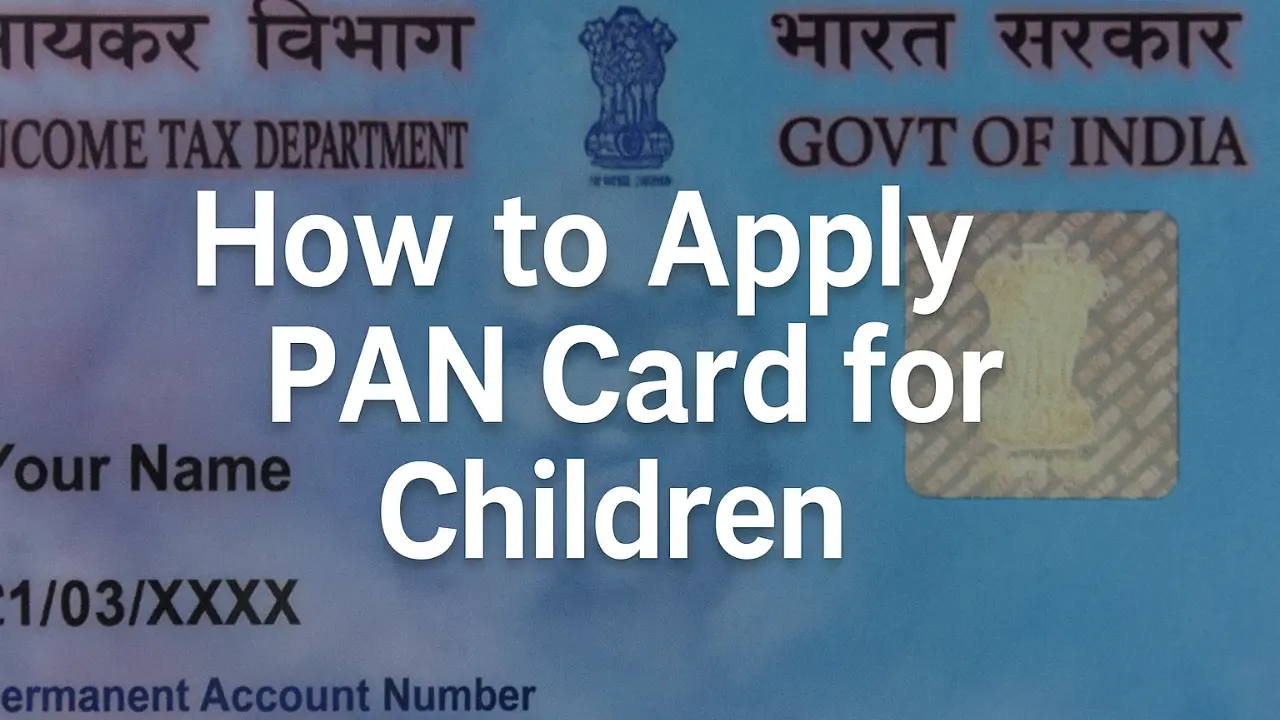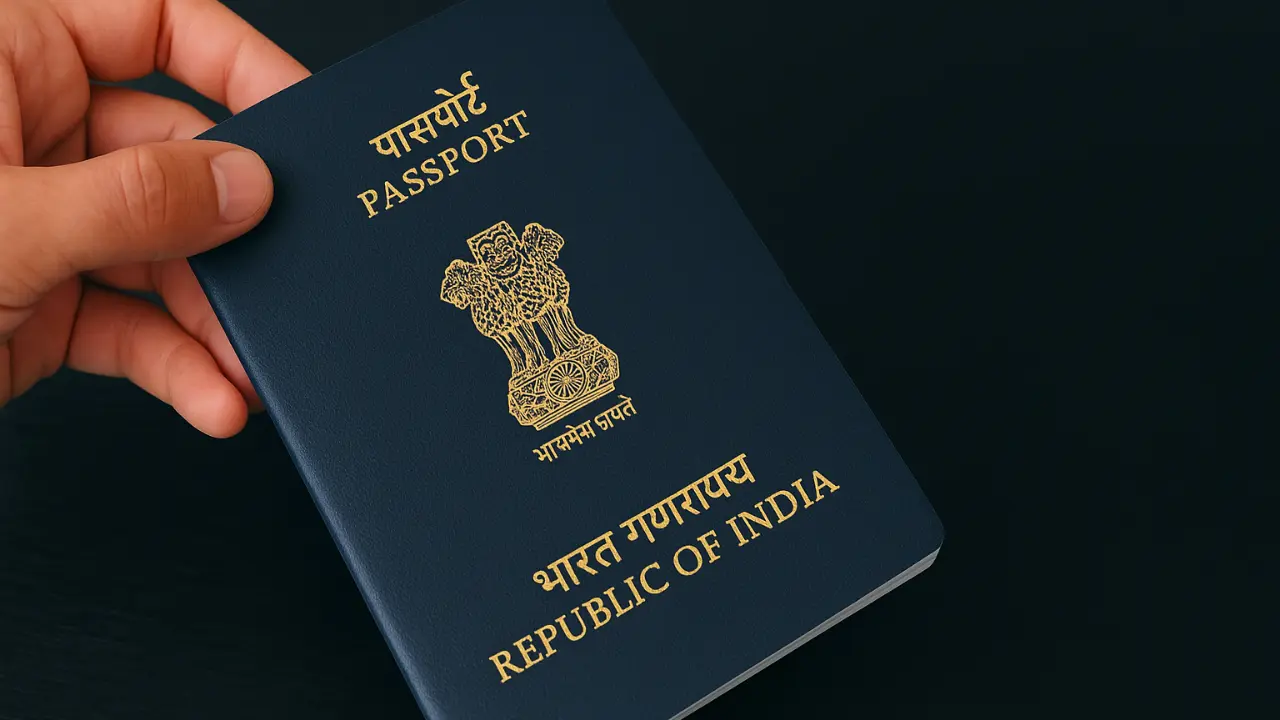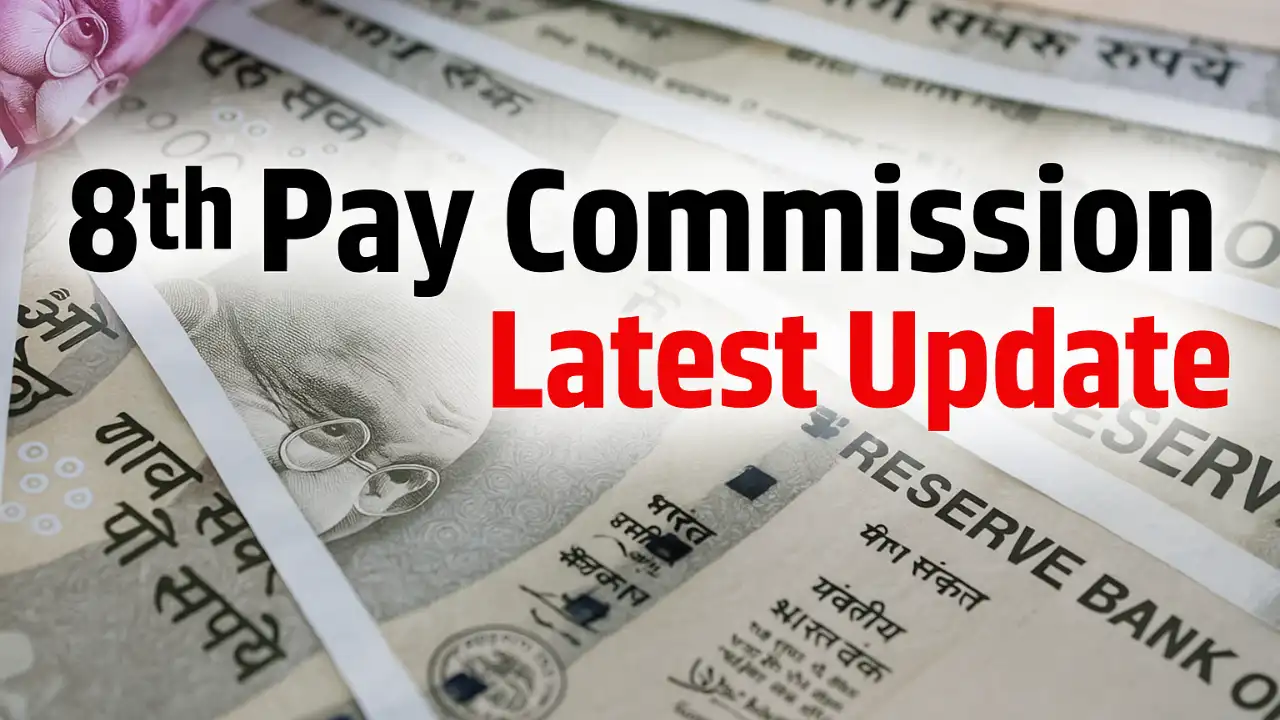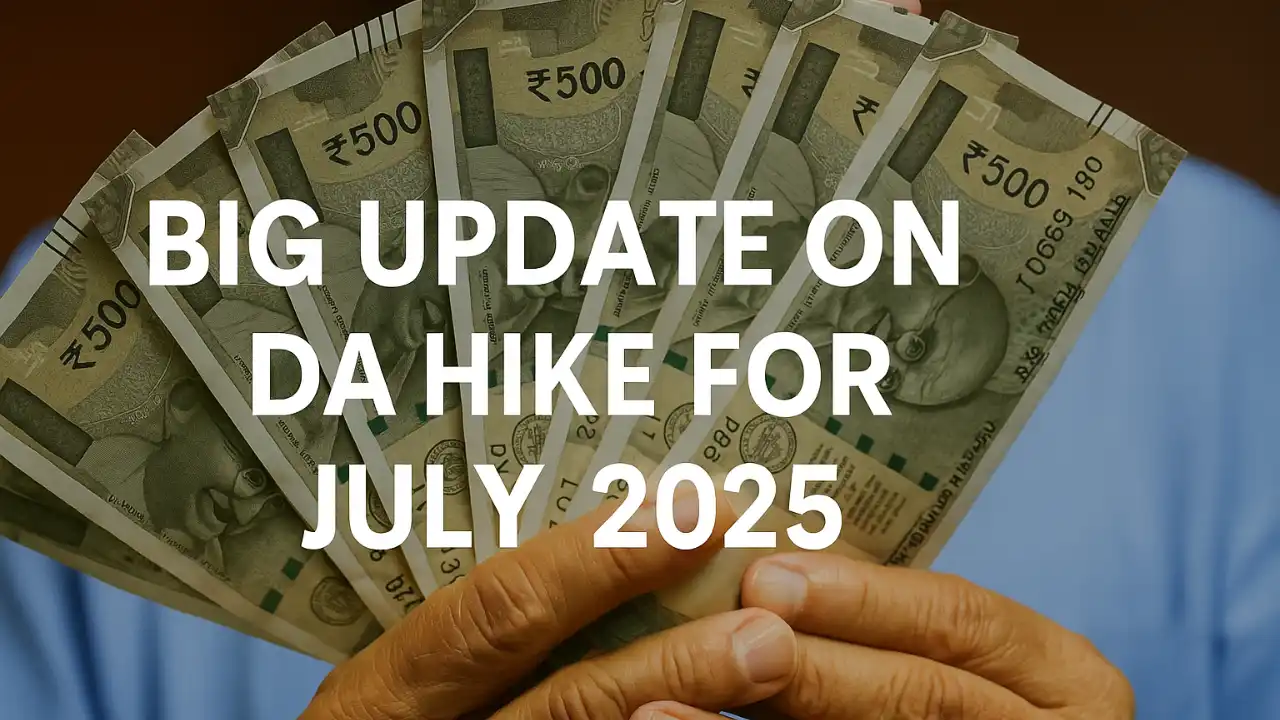Fixed deposit (FD) investors may need to rethink their strategies as HDFC Bank and Yes Bank have reduced their FD interest rates across various tenures. This move signals a potential trend where other banks might follow suit. If you’re looking to invest in FDs, here’s everything you need to know about the recent rate cuts and their impact.
HDFC Bank FD Rate Cut Details
HDFC Bank has revised its fixed deposit interest rates for different tenure periods. Below are the key changes:
- 1 year to 15 months – Reduced from 6.60% to 6.50%.
- 15 months to 2 years – Now 6.75%, down from 6.80%.
- 2 years to 5 years – Slashed from 7.00% to 6.90%.
- Senior citizens still enjoy an additional 0.50% on select tenures.
Yes Bank FD Rate Cut Details
Yes Bank has also made downward revisions in its FD rates:
- 7 days to 14 days – Now at 3.25% from 3.50%.
- 1 year to 18 months – Reduced from 7.25% to 7.10%.
- More than 2 years – Cut from 7.50% to 7.40%.
- Senior citizens get a special rate of 7.90% for select durations.
Why Are Banks Cutting FD Rates?
Several factors influence FD interest rate cuts:
- RBI Monetary Policy – The Reserve Bank of India (RBI) has kept the repo rate unchanged, leading to a lower need for banks to offer higher deposit rates.
- Liquidity Surplus – Banks have sufficient liquidity, reducing the demand for fresh deposits.
- Loan Growth vs Deposit Growth – Loan demand hasn’t increased as expected, prompting banks to adjust deposit rates accordingly.
- Market Competition – With banks competing for low-cost funds, rate cuts become a strategic move.
Impact on Investors
FD rate cuts directly affect both existing and potential investors:
For Existing FD Holders
- If you have already locked in an FD at a higher interest rate, your returns remain unchanged until maturity.
- Consider breaking and reinvesting only if you find a better alternative with higher returns.
For New Investors
- Lower FD rates mean reduced earnings on deposits.
- Consider exploring alternative investment options like debt mutual funds, recurring deposits, or government-backed savings schemes.
Will Other Banks Follow?
- Experts suggest more banks may reduce FD rates soon, aligning with market trends.
- Public sector banks (PSBs) and other private banks might revise their rates based on RBI’s next policy update.
- Investors should closely monitor FD rates before locking in long-term deposits.
Comparison of Current FD Rates (April 2025)
| Bank | 1-Year FD Rate | 2-Year FD Rate | 5-Year FD Rate |
|---|---|---|---|
| HDFC Bank | 6.50% | 6.75% | 6.90% |
| Yes Bank | 7.10% | 7.40% | 7.50% |
| SBI | 6.80% | 7.00% | 7.10% |
| ICICI Bank | 6.60% | 6.85% | 7.00% |
| Axis Bank | 6.75% | 7.00% | 7.20% |
What Should Investors Do?
- Lock in current higher FD rates before more banks reduce their rates.
- Consider laddering your investments (investing in multiple FDs with different tenures) to manage risk.
- Explore other fixed-income options like Senior Citizen Savings Scheme (SCSS), Public Provident Fund (PPF), and Debt Mutual Funds.
Conclusion
With HDFC Bank and Yes Bank reducing their FD rates, it’s crucial for investors to act wisely. If you are planning to invest in fixed deposits, consider securing higher rates before further cuts happen. Keep an eye on RBI’s monetary policy decisions and be flexible with your investment choices.
FAQs
1. Why are banks reducing FD rates?
Banks are lowering FD rates due to liquidity surplus, low credit demand, and RBI’s stable monetary policy.
2. Will more banks reduce FD rates soon?
Yes, market trends suggest that more private and public sector banks might cut rates in the coming months.
3. Should I invest in FDs now or wait?
If you want stable returns, locking in current FD rates before further reductions can be a good move.
4. Are there better alternatives to FDs?
Yes, you can explore PPF, SCSS, debt mutual funds, and recurring deposits for better returns.
5. How do I check the latest FD rates?
Visit your bank’s website, use the FD calculator, or check official RBI updates to stay informed about the latest interest rates.




